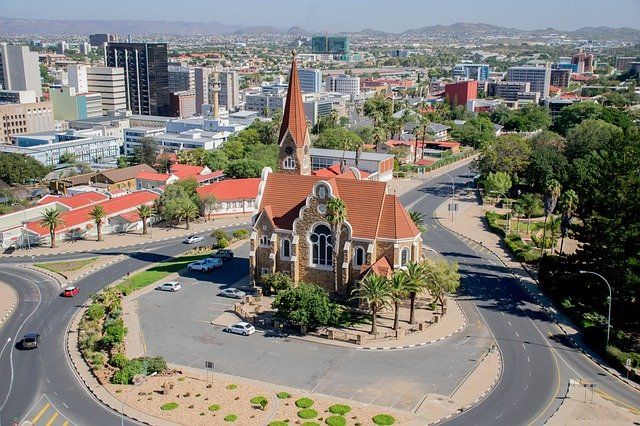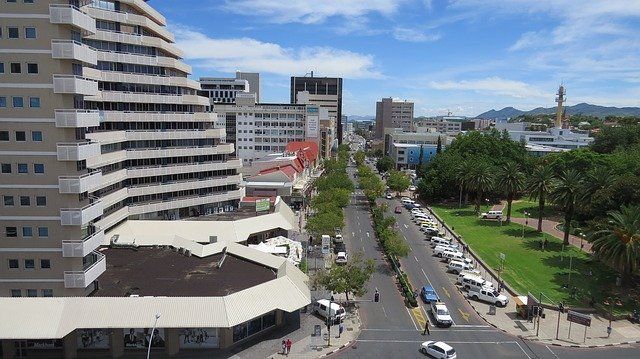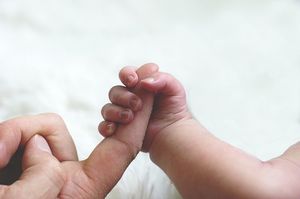
Area: 318,215 square miles.
Neighbours: Angola, Zambia, Botswana and South Africa.
Environment: Hot desert. The Namib Desert runs along the western coast, the Kalahari Desert runs to the east. The Orange and Zambezi rivers form part of Namibia’s borders.
Population: 1.8 million.
Urbanisation: 39%.
Ethnic groups: Bantu 73%, Khoisan 9%, Damara 6%, European or Afrikaans 5%, mixed race 7%.
Languages: English (official), Afrikaans, German, indigenous languages including Bantu.

Literacy: 40% approx.
Life expectancy: 40 years. AIDS is endemic.
Capital: Windhoek (250,000).
Economy: Namibia is rich in mineral resources, including diamonds, uranium, copper, gold, lead, tin, cadmium, zinc, vanadium, salt, coal, iron ore and natural gas. Mining accounts for 20% of GDP. Fishing is also important. The main energy source is hydroelectricity. Nevertheless, many are unemployed, with half the population practising subsistence agriculture.
Religions: Protestant 44%; Roman Catholic 16%; African Independent Churches (syncretising Christian and traditional African) 12%; traditional African 15%; non-religious/other 13%.

Protestant denominations: Various Lutheran, Anglican, Dutch Reformed, various Baptist, Evangelical Bible, United Congregational and others.
History: Namibia was a German colony from 1883 until occupation by South Africa during the First World War. During the 1970s and 1980s SWAPO (the South West Africa People’s Organization), based largely on the Ovambo tribe, waged a guerrilla war against the government. Full independence from South Africa came in 1990.





















